1m Classic Art Hall (1m 아트홀)
1.9Km 2019-03-18
31, Daehak-ro 12-gil, Jongno-gu, Seoul
+82-2-766-7623
1m Classic Art Hall, located in Daehang-ro is a classic art experience center exclusively for children. The center provides children with the opportunity to enjoy classical music in a fun and interesting way. In the ‘1m Experience Classic’ program (the oldest children’s classical program in the nation), teachers not only provide interesting mini-music learns, but also assist children in trying out a variety of instruments.
At the performance halls at the 1m Classic Art Hall, the stage is just 1m away from the surrounding seats, giving young audience members a more intimate musical experience.
Hotel Crown Insadong (호텔 크라운-인사동)
1.9Km 2021-02-10
9, Samil-daero 30-gil, Jongno-gu, Seoul
+82-2-3676-8000
Hotel Crown is a premier hotel that was renovated in May 2002. The hotel is in close proximity to Jongno and Insa-dong, making it a convenient place to stay for tourists.
Woomiok (우미옥)
1.9Km 2021-03-18
19-21, Myeongdong 10-gil, Jung-gu, Seoul
+82-2-774-6226
A barbecue specialty restaurant located in Myeongdong Cathedral, Seoul. The most famous menu is grilled beef. A restaurant where you can enjoy the highest-quality Korean beef.
Sikdang Jin (식당진)
1.9Km 2021-03-29
5, Toegye-ro 22-gil, Jung-gu, Seoul
+82-2-755-7558
This is a Japanese home-style cuisine restaurant. The best menu at this restaurant is katsudon. This Japanese (cuisine) restaurant is located in Jung-gu, Seoul.
Paju Gamaksan - Daehangro Branch (파주감악산 대학로)
1.9Km 2021-03-19
4, Daehak-ro 12-gil, Jongno-gu, Seoul
+82-2-747-7274
A meat restaurant that is the ideal meeting place. The most famous menu is grilled Korean beef sirloin. A barbecue specialty restaurant located in Daehak-ro, Seoul.
Italy Moon - Daehakro Branch (이태리문 대학로)
1.9Km 2021-03-19
21, Daehak-ro, 12-gil, Jongno-gu, Seoul
+82-2-741-5353
This is a Western cuisine located in Daehak-ro, Seoul. The best menu at this restaurant is pizza. A restaurant offering discounts to student ID card holders.
Dowon Masan Agujjim (도원마산아구찜)
1.9Km 2021-03-22
438, Samil-daero, Jongno-gu, Seoul
+82-2-765-4009
A restaurant frequented by many celebrities. This Korean dishes restaurant is located in Jongno-gu, Seoul. The representative menu is spicy braised monkfish.
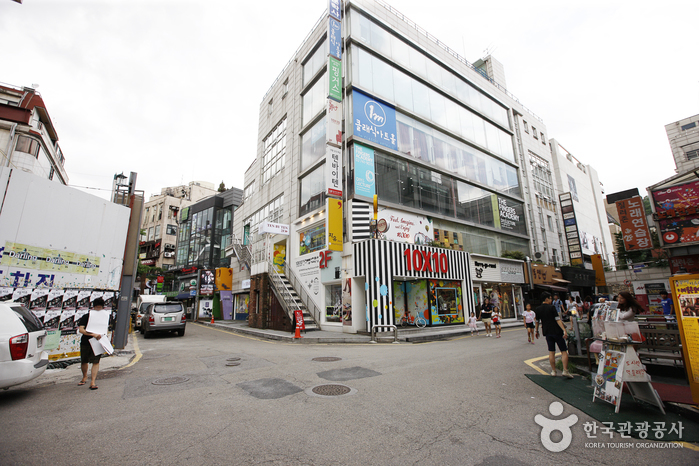

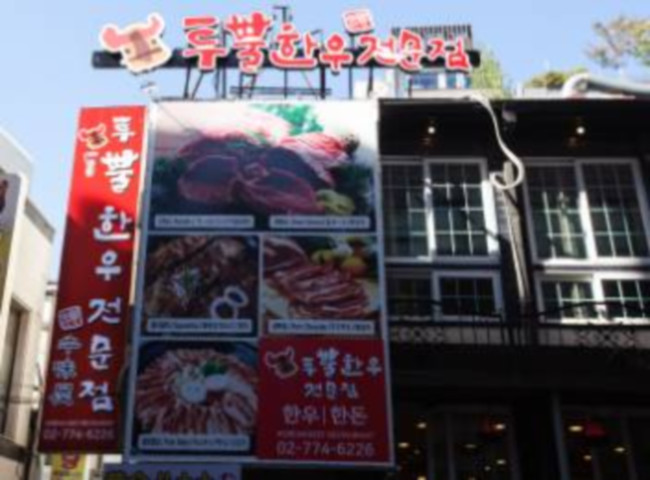
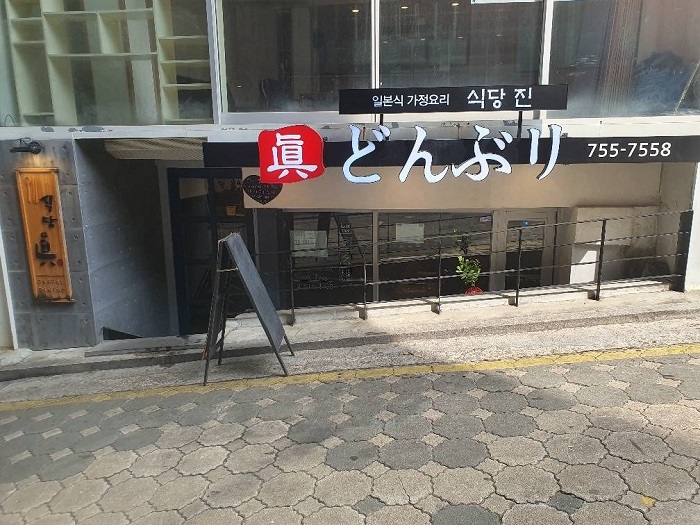
![Ai Pharmacy [Tax Refund Shop] (아이약국)](http://tong.visitkorea.or.kr/cms/resource/98/3313898_image2_1.jpg)
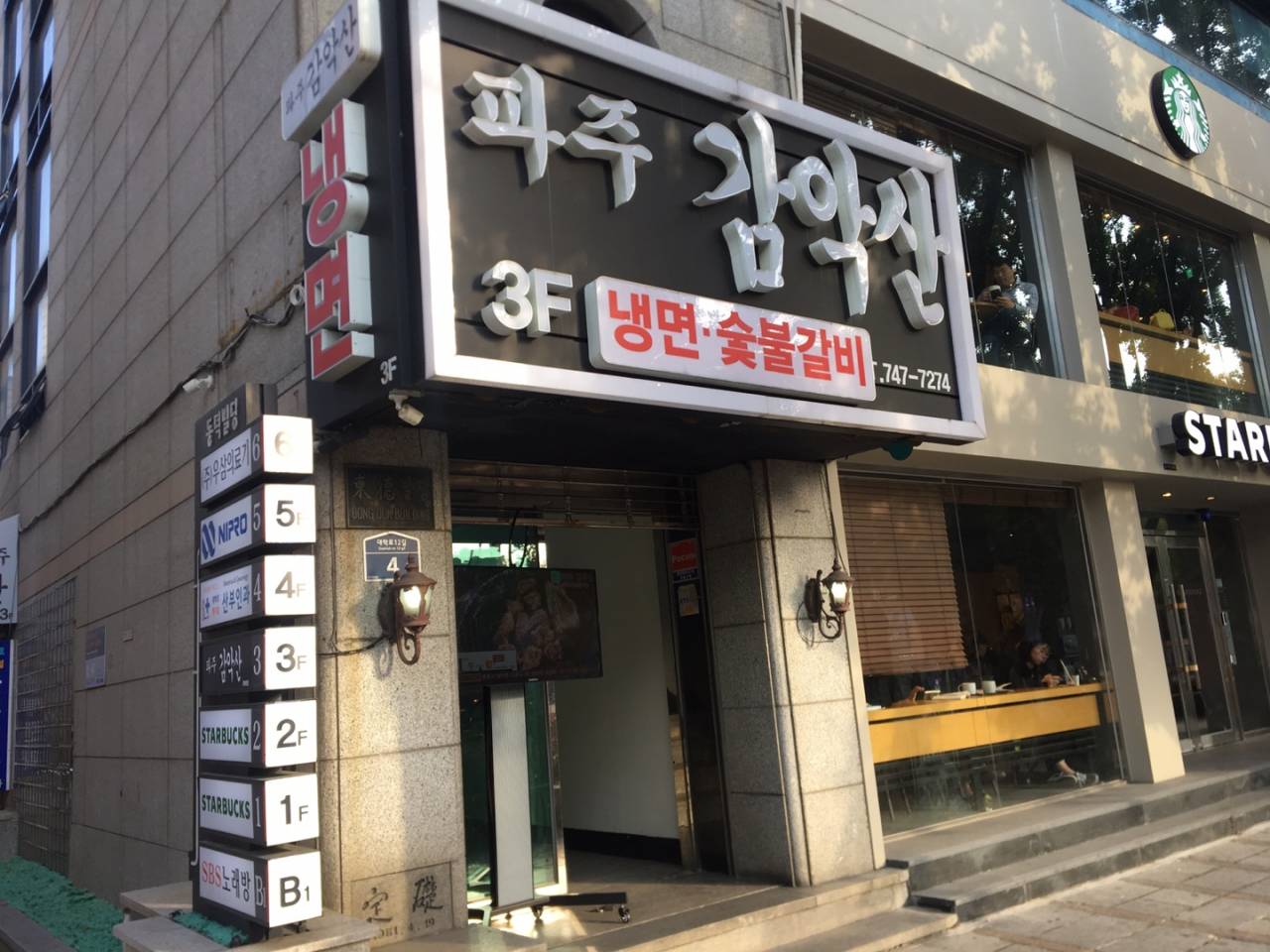
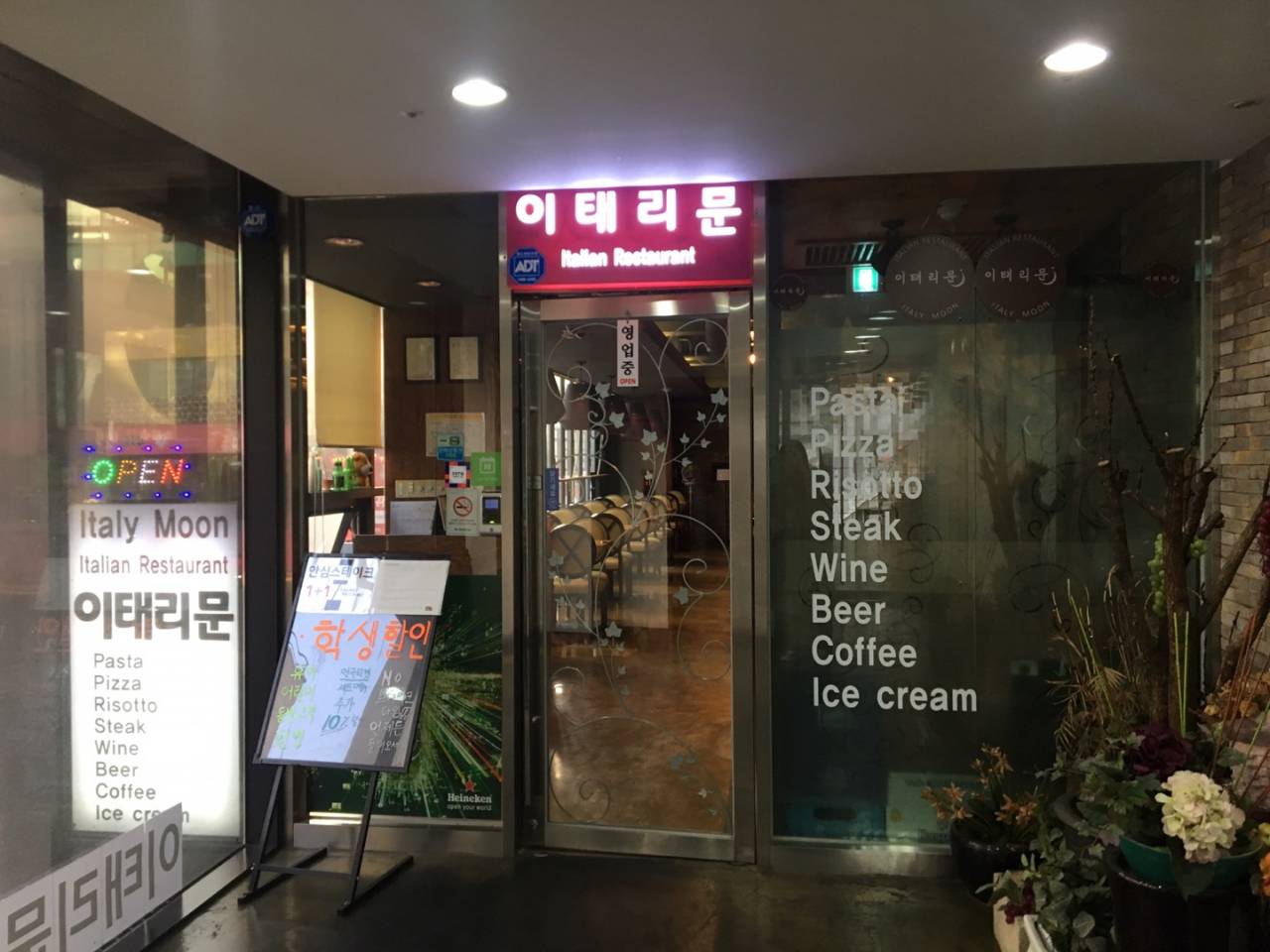
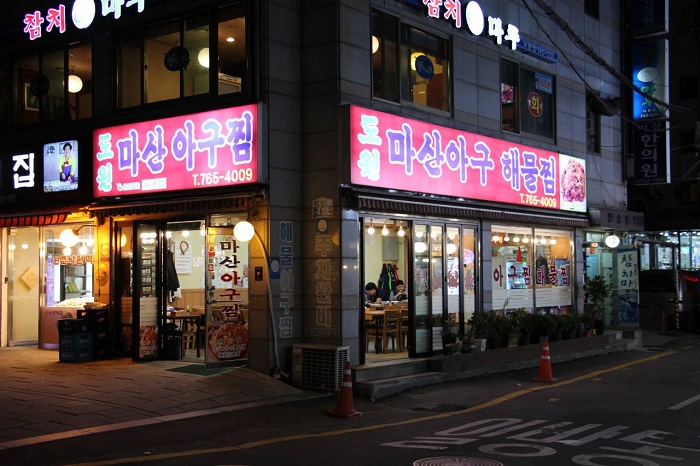
 English
English
 한국어
한국어 日本語
日本語 中文(简体)
中文(简体) Deutsch
Deutsch Français
Français Español
Español Русский
Русский